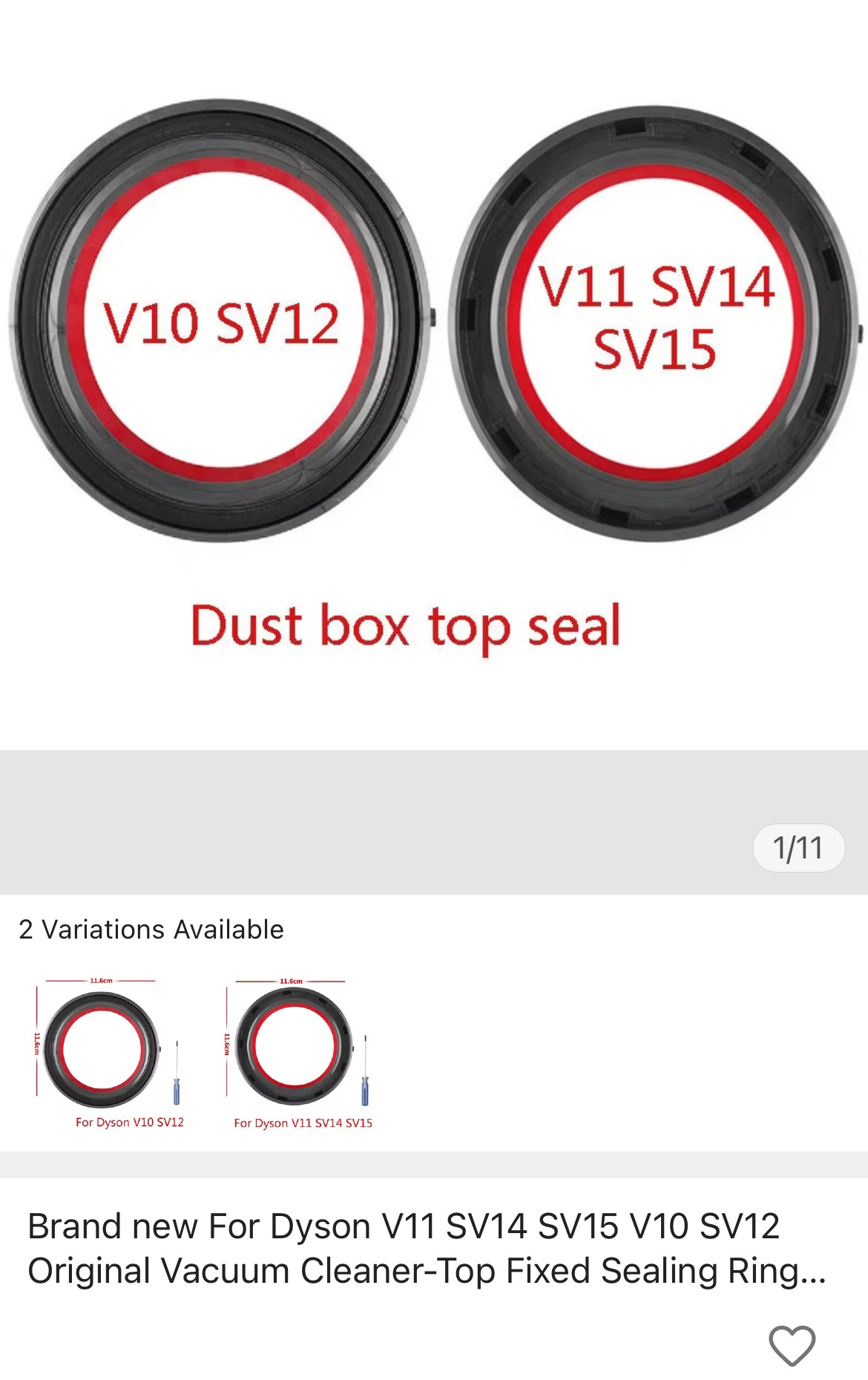One thing that I despise most after pocket-less dresses is a planned obsolescence.
As we use things around us, it’s expected to have them in a wear-and-tear condition. In the old times, a lot of equipments and belongings are manufactured and produced in such a way that they can withstand prolonged usage and stay in a good shape even after years.
Enter, the age of peace and communication, which brings forth: consumerism. Corporates started to find ways for the public to consume more and more. While consumption itself is, inherently, a good thing to boost economy, overconsumption is not. Unfortunately, overconsumption seems like a road that a lot of corporates are taking into. This birthed the idea of “Planned Obsolescence” — Purposely frail design, or make it “out of fashion/trend” by playing to the customers’ insecurity, so the customers have “no other choices” but to buy.
I started realized it when my Dyson vacuum “broke down.” I was in the middle of cleaning the vacuum’s dust container as people usually do, when I realized the seal no longer on its place. This caused the dust container unable to stay on its place, essentially making the vacuum as “useless.”
Mind you, the vacuum motor is still in a tip-top shape, and it still works well. It was the dust container that no longer work.
I checked Dyson Malaysia website, looking for spare parts, and imagine my confusion seeing none of them. I grew up with Electrolux vacuum cleaner, a behemoth of 5-7 kilograms, witnessed generations growing up, and I remember my parents got spare parts from the store when something broke, so naturally, I thought the same principal applied.
I then Googled it, and I found that the website USED TO sell spare parts, but not anymore. Instead, I got greeted by a promotional banner of the newest Dyson vacuum. Forget about your old, outdated vacuum! Get a new one! A shinier model!
“Pissed” was an understatement. I refused to believe that I need to buy a brand new vacuum just because a dust container breaks. I then entered another realm: Online marketplace. Surely someone sell it, right? Right?
And right yes they did.

They even have variations for different models. Okay, granted, it’s from China and the cost of international shipping might offset the whole spirit of “rejecting planned obsolescence and overconsumption”, but at the same time, HAH, TAKE THAT, YOU CORPORATE GREED.
The price was ~US$14, including shipping fee, and after 2 minutes of following a Youtube instruction, this one:
My Dyson vacuum (V11, BTW) felt like new again.
Another one that just recently happened is my Sony WH-1000XM3 headphones. The headphones still work perfectly, chef’s kiss, won’t trade it for the world. But the ear pads, as you who are using headphones know, displayed signs of wear-and-tear. It was so bad, I found black fallings on my ears area, my neck, and my shoulders.
With such an ugly situation, what we gotta do? Of course replacing the pads only.
I’m so proud of myself.

Looking good and fresh, right?
Also, I found out from a comment on the marketplace that while Sony Malaysia offers the pad replacements service, the headphones need to be left on the service center for a week and we need to pay the repair fee for ~US$50, whereas the pad sold on the marketplace only cost folks half of the price and 5 minutes to install.
At this point, honestly, I don’t care about “BUT THE ORIGINALITY—“ I started to believe that the concept of “original” is created and built by these corporates to keep us in the cage, and they make the replacements/fixing process even harder — and any attempt to fix/replace the spare parts from any place that outside their “official store” will create some kind of a nonexistent witch hunt. Their strategy is to make the fixing/repairing really scarce and difficult (or so, they want us to think) so the “only option” left is to buy a newer model. Yes, original spare parts are important, but only when the company provides it in the first place and make it easier for their customers to purchase.
Look, I’m not against in buying new products. At some points, we should. Newer products with newer technologies are safer and eco-friendlier. Some products might actually no longer have spare parts available in the market! With that in mind, it’s worth to gauge our needs — and differentiate them from our wants.
Also, when it’s time for you to buy new products, do take care of how you dispose of the old ones. They have been helping you, anyway! Check where you can process e-waste or recycle them.